Let's flashback to a summer evening in June - it's a Tuesday in 2022. But this is no ordinary Tuesday evening. Kyle Berkshire, a two-time long-distance drive champion and current world number 1 is in the house. The location is Calgary, Alberta. The setting is the Mickelson National Golf Club where endless plains are framed by the Canadian Rockies. A fitting sight where nature's tranquility will be tested by the demon of speed.
Kyle Berkshire is no stranger to speed - 150 mph driver ball speed is common. That's like the average golfer trying to keep up with 110 to 125 club head speeds of the average PGA tour player. But on this historic night, he aims to rewrite the record books - his own, that is.
The crowd is buzzing with excitement. With one swing, capable of powering a small fleet of electric cars, Kyle unleashes a mind-boggling ball speed of 232.6 mph, breaking his previous record by 1.3 mph. And for some crazy perspective, get this - That is faster than a commercial airplane at takeoff!
What's the magic behind Berkshire's insanely high ball speed? What if we told you that understanding the intricate dynamics of ball speed could elevate your own golf game to a whole new level? This isn't just about smashing your driver; it's about an analytical approach to golf that can help you unlock the true potential of your game.
We're diving into the essence of ball speed and why it might just be the most essential metric you're not paying attention to. Drawing from a wealth of PGA Tour data, this guide will help you comprehend how small upticks in ball speed can translate to significant gains in distance, whether you're swinging a driver, a 3-wood, or your trusty 7-iron.
Think of it as the "Moneyball" for golf, a data-driven approach that even financial analysts would envy. You'll see the PGA correlation to increased prize money that may help your team claim all the glory at your next Bramble tournament.
Backed by extensive research and expert opinions, this article is your go-to guide for becoming fluent in the language of ball speed. From the physics of ball flight to the concept of "smash factor," we delve into the numbers that matter most for improving your game. We'll also be setting the record straight on why ball speed, rather than clubhead speed, could be a more valuable indicator of your golfing ability.
And don't worry; we haven't forgotten about the weekend hacker. By understanding and applying the tips and strategies outlined here—ranging from strength and flexibility training to playing the right equipment—you can turn this knowledge into more birdies and pars and fewer bogeys, regardless of your current handicap.
So, get ready to transform your game in a way you never thought possible. The drive to understand the difference between swing speed and ball speed and playing better golf starts here.

The Latest Buzz: Current Averages and Trends in PGA Tour Ball Speeds
Imagine stepping onto the range before a Major Championship. The atmosphere is electric. The scene - a plethora of Trackman monitors, legendary coaches, renowned caddies, and the greatest players in the game trying to dial in their game before Thursday's tee time.
It's not just practice and casual chit-chat; there's a palpable air of science and strategy going head to head. Everybody's talking numbers —numbers that separate the game's elite from the weekend warriors. Among those numbers that seem to matter most are ball speed and carry distance.
Let's tap into historical data and see what they're really talking about. However, we need to talk to the statistical aficionados of the PGA. Yes, you guessed it - our friends at Trackman. Here are the Trackman PGA Tour Averages in 2017 including average ball speed by golf club.
The Absurd, The Mad, and The Unthinkable: Eye-Popping Numbers from the PGA Tour and Beyond
Modern golf has become a mathematician's paradise. Or is it a NASA-grade research facility? From the yardage on your scorecard to measuring distances and every data point in between, Golf has become obsessed with statistics.
And if you think you're captivated by the numbers, consider the pros—they eat, sleep, and breathe their stats. They meticulously scrutinize data to squeeze out 3 extra yards or add 2 degrees for 600 more rpm - all in an effort to lower their scoring average by .7 (if we could only be this good).
So, let's have some fun with the numbers. Get ready for a wild tour through intriguing averages, inconceivable highs, lows that offer room for improvement, and fascinating trends.
- Highest Recorded Ball Speed: Kyle Berkshire, the #1 ranked long drive champion, shattered TrackMan records by achieving a mind-boggling ball speed of 236.2 mph. This is the fastest ball speed ever. Golf Magazine witnessed this colossal accomplishment during a specialized speed training session and stands as the highest ball speed ever captured on a TrackMan device.
- Fastest Average Ball Speed: We were so impressed with Kyles's crazy 236.2 ball speed number that we thought it was worth looking at in a different way. Kyle swung the driver 70 times during the Golf Magazine and Trackman session. Guess what his average ball speed was? 231.8 mph. Now that is speed endurance.
- Lowest Average Ball Speed PGA Tour 2023: Thanks to the PGA Tour and ShotLink Stats we know the average driver ball speeds for all Tour Players in 2023 measured 173.01 mph. But, Brian Stuard holds the dubious ranking of #181 with the lowest average ball speed - 156.73 mph. Nothing wrong with that number for the average golfer.
- Lowest Average Club Head Speed PGA Tour 2023: Brian Stuard takes the honor again - 103.56 mph versus the average tour swing speed of 115.20 mph We bet most golfers would be overjoyed with that clubhead speed.
- Average Apex Height PGA Tour 2023: The leader - once again, Brandon Matthews at 137 feet and 3 inches. Wouldn't we love to hit one wedge that high?
- Average Launch Angle PGA Tour 2023: James Hahn bettered the tour average of 10.48 with a leading 13.49. Not too shabby!
- Ball Speed Trending Upwards: Let's take a look at PGA Tour Player Averages from 2007 to today. In 2007 Bubba Watson led the tour at 182.88 mph. By the way, Tiger Woods was #3 with a ball speed of 182.17 mph.
- Tour Average 2007 - 165.36 mph
- Tour Average 2010 - 166.16 mph
- Tour Average 2015 - 167.67 mph
- Tour Average 2020 - 169.71 mph
- Tour Average 2021 - 173.01 mph
- In between Irons - The Ball Speed Gap: Since the PGA seems to be the standard when it comes to data, you can assume that your ball speed numbers will vary between 5 and 7 miles per hour as the golf club shortens.
- Money Ball and the Quest for Ball Speed: It's no secret that Pro Golfers play for inordinate amounts of money. But the big question is - does a faster ball speed equate to more dollars? There's a growing belief that more distance equals lower scores. And we know that lower scores equals more prize money. So we can deduce that ball speed equates to more distance and more distance means a lower scoring average. The end result - more money. One stroke in a tournament could mean hundreds of thousands of dollars - the difference between winning or second or third. Imagine the dollars involved with shaving .5 to .7 off your scoring average. We're talking millions. So it's safe to say if you have a higher average ball speed on the PGA Tour your name will be higher up on the money list. No wonder technology has taken over the game.
2022-2023 PGA Tour Leaders
(The PGA Tour stats are courtesy of the PGA Tour and ShotLink.)
Why Every Golfer is Obsessed with Ball Speed Metrics Right Now
If you've ever tuned into a PGA Tour broadcast, there's no doubt you've seen the amazing PGA shot tracker technology on display. After striking the golf ball, a mesmerizing tracer follows its path, followed by jaw-dropping stats and numbers that flash across your screen—launch angle, spin rate, carry distance, total distance, and the all-important metric of ball speed.
But have you ever wondered what these metrics actually mean and how they relate to each other? For example, how does the launch angle impact the carry distance? What role does spin rate play in determining the ball flight? More importantly, how do these metrics influence that astonishing ball speed that we all wish we had?
Here's what you need to understand. These numbers are not just for PGA Tour Players, scratch golfers, or the geeky golfer. This is state-of-the-art technology telling you the strengths and weaknesses of your swing and the details of your ball striking. Isn't that what you need to improve your game?
So, let's break it down for you. We'll explain exactly what ball speed really is, the technologies used to measure it, and the enigmatic concept known as the smash factor. By the end, you'll have a deeper understanding of this data, how they're connected, and why they are significant for golfers at every level.
What Top Golfers Know About Ball Speed That You Don't
Let's start with the basics - the definition of ball speed. Ball speed is the speed at which the golf ball leaves the clubface immediately after impact. It's measured in miles per hour (mph). The reason it is so important is because it is more than just mph that defines ball speed numbers. It's about how efficiently energy is transferred from the clubhead to the golf ball. The key word here is efficiency.
But what do we mean by efficiency? Well, ball speed is affected by clubhead speed and the golf club you're using. Efficiency is finding the sweet spot - the quality of your ball striking. This means that a slower swing that finds the sweet spot will have more ball speed than a faster swing with impact off the toe of the club.
Why is ball speed a defining number for golfers? Because it is the measurement that has the greatest effect on the distance of the golf ball. A higher ball speed generally equates to greater distance, assuming other variables like launch angle and spin rate are optimized. This is why PGA golfers and serious golfers are so obsessed with these numbers—they're looking for every advantage possible to make the game a little bit easier.
Launch Monitors: The New Swing Coach Revolution
In order to figure out your average ball speed you need a launch monitor or golf simulator. A launch monitor can help you understand your swing mechanics, fine-tune your swing, and make sure you're playing the right club. It may even help you find a golf ball suited to your game. It's become the standard tool for golf instructors, PGA Tour Golfers and serious amateurs.
By using high-speed cameras or radar technology, launch monitors analyze your swing giving you more data than you probably know what to do with. Take a peek over at the screen and here's a sample of the key stats that you'll find.
- Ball Speed: The speed at which the ball leaves the clubface after impact, measured in mph. According to Trackman, the leading brand on the PGA Tour, adding 1 mph of average driver ball speed can add up to 2 yards of distance. What if you added 5 mph to your ball speed - that's 10 extra yards. Time to get busy with some speed and strength training.
- Clubhead Speed: The speed in mph at which the clubhead is moving at the point of impact also known as swing speed.
- Launch Angle: Launch angle is the angle at which the golf ball takes off from the clubface after impact. It is usually measured in degrees from the ground. The launch angle is super important when it comes to the ball's trajectory, distance, and where it lands (direction).
- Drivers: A typical launch angle might be between 10 and 15 degrees for optimum driver distance.
- Irons: The launch angle increases as you go from long irons to short irons, allowing for higher shots, softer landings, and more control.
- Spin Rate: The rate at which the ball spins around its axis measured in revolutions per minute (RPM). The ball's spin rate is instrumental when it comes to the ball flight, carry distance, and how quickly the ball stops, spins back, or rolls through the green. Better players have the ability to control their spin and hit different types of shots. This is influenced by their swing technique, the quality of their ball striking, and the club they are using. Oh, and let's not forget about the golf ball. Knowing your golf swing speed and the right compression ball to play can do wonders for your game.
- Long Game - With lower lofted clubs like the Driver, low spin is your friend. This increases distance and reduces sidespin, mitigating those nasty hooks and slices.
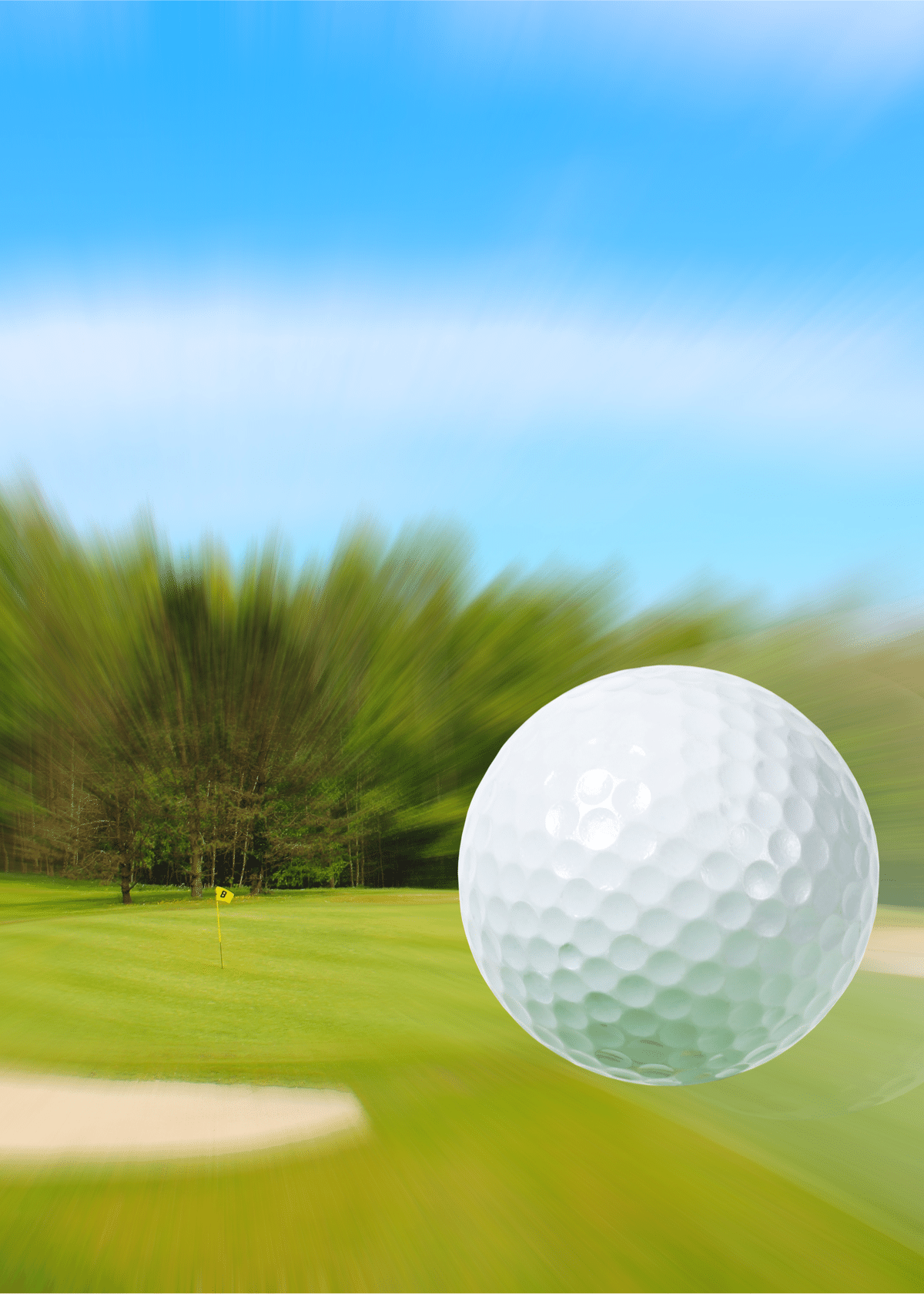
- Short Game - When it comes to your shorter irons and wedges, higher spin is typically what you're looking for. This allows you to attack pins and stop the ball quickly. It's all about control.
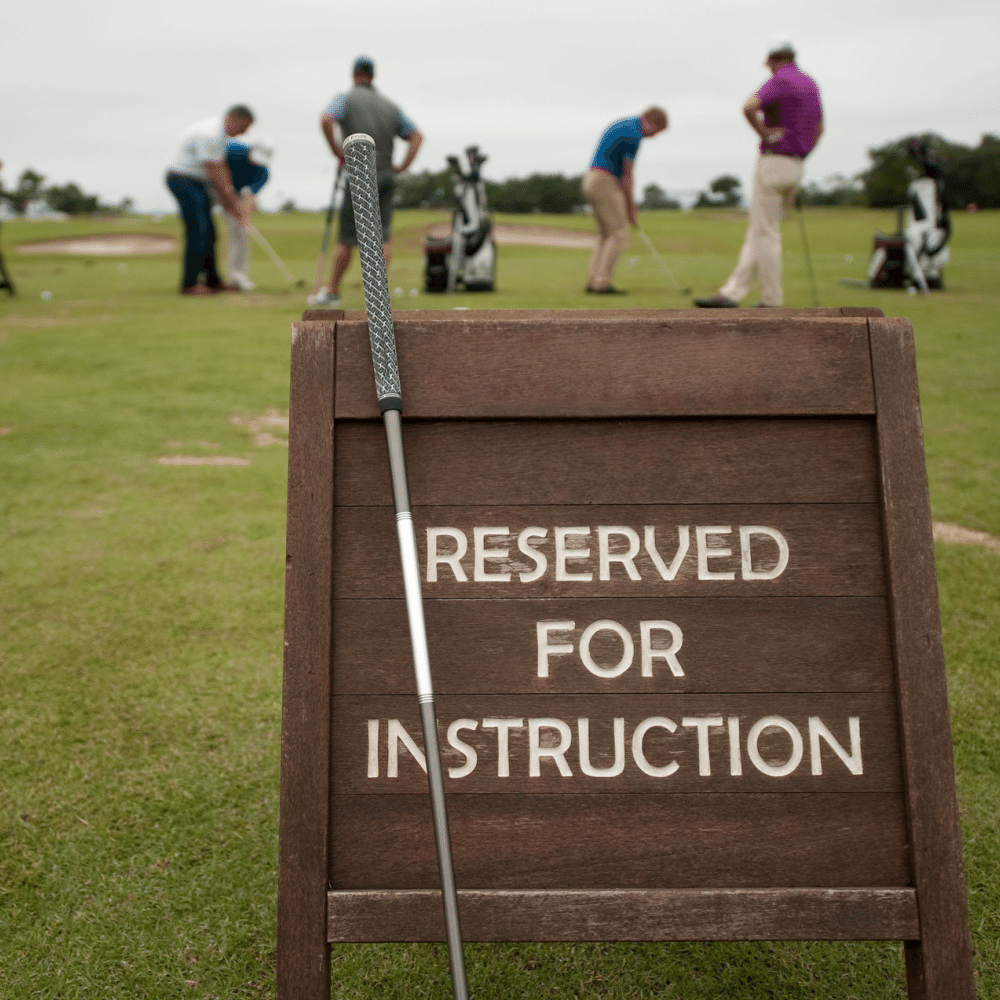
- Carry Distance: The distance the ball travels in the air before it lands on the fairway (hopefully) or green (hopefully again). If you want to hit more greens in regulation knowing the carry distance of your irons is an absolute must. And the key to lower scores.
- Total Distance: The overall distance the ball travels measured in yards or meters, including the roll after it hits the ground.
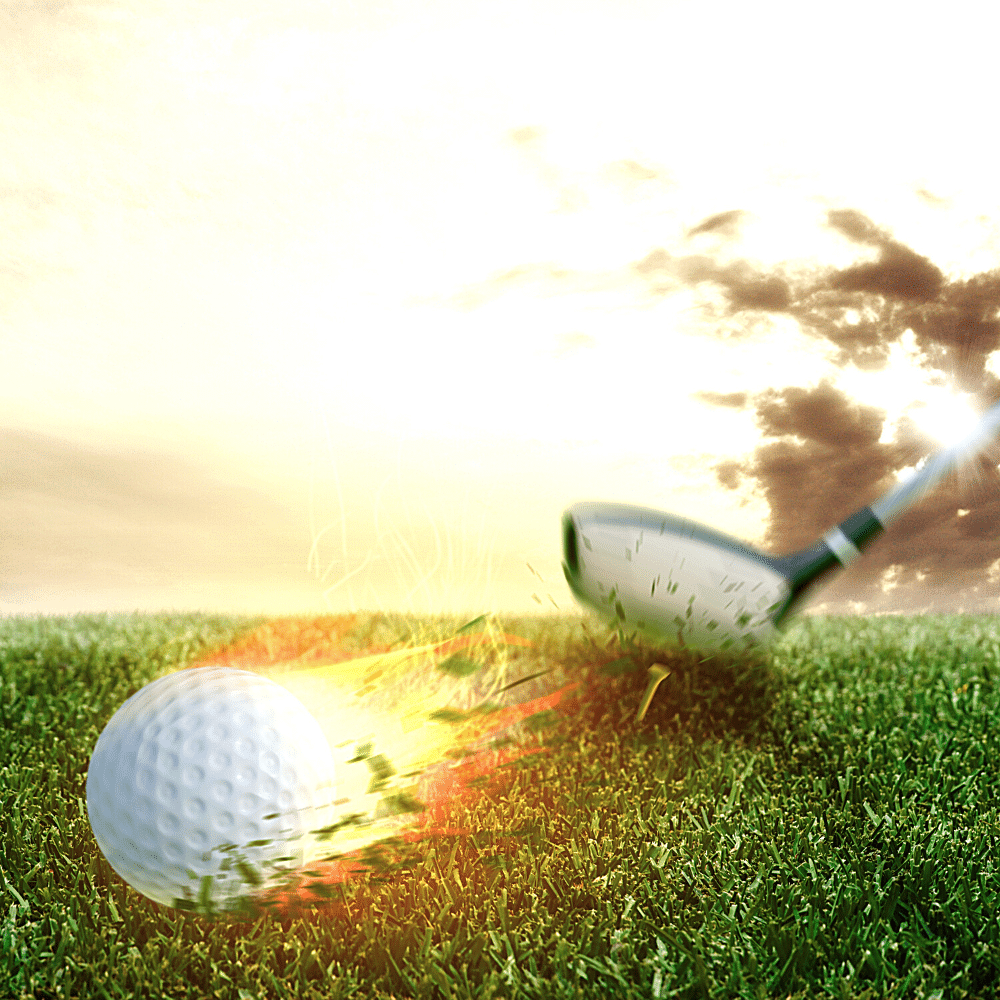
- Smash Factor: This is the ratio of ball speed to clubhead speed, often used to measure your ball striking ability. It defines solid contact versus poor contact. We'll dive into why smash factor is so important next!
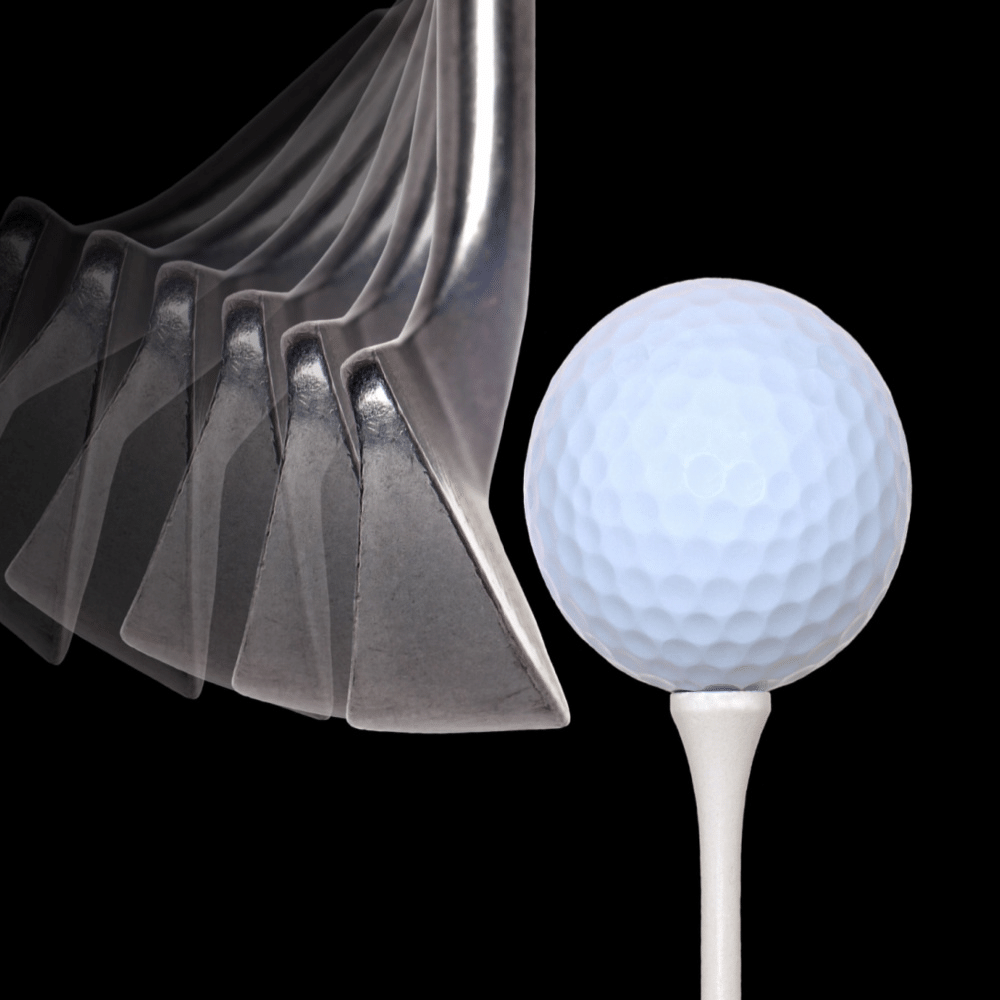
Why Pros Obsess Over Smash Factor (And Why You Should Too)
Hopefully, you now understand the importance of improving your ball speed. And if you remember there was a keyword associated with ball speed - efficiency. That is what smash factor is all about. Here's the simple magical formula that you need to know.
Smash Factor=Clubhead Speed/Ball Speed
For example, if your clubhead speed is 100 mph and the ball speed is 150 mph, then the Smash Factor would be 1.5 - an almost perfect number.
So your goal is simple - aim for a smash factor of 1.5 (1.53 is about as high as you can get). This means a more efficient energy transfer at the moment of impact. Finding the sweet spot is the key to better ball striking and a higher smash factor. A higher smash factor translates into more distance.
Isn't this what we're all after?
This illustrates why Ball Speed is more valuable than Clubhead Speed.
Let's say you and your buddy have the same clubhead speed but you're constantly hitting it off the heel and slicing it, or hitting off the toe with a nasty hook. And he's finding the center of the clubface. Well, please don't cry but he's going to outdrive you and outhit you all day long.
This is why you see Pros with slower swing speeds sometimes outdrive their fellow pros with higher swing speeds. Plus they may have a positive attack angle while the Pro with the higher clubhead speed is hitting down on the ball.
So here's the takeaway - swinging faster may give you more club speed but finding the center of the club face will increase your average distance. Hopefully, we've finally settled the ball speed vs swing speed debate.
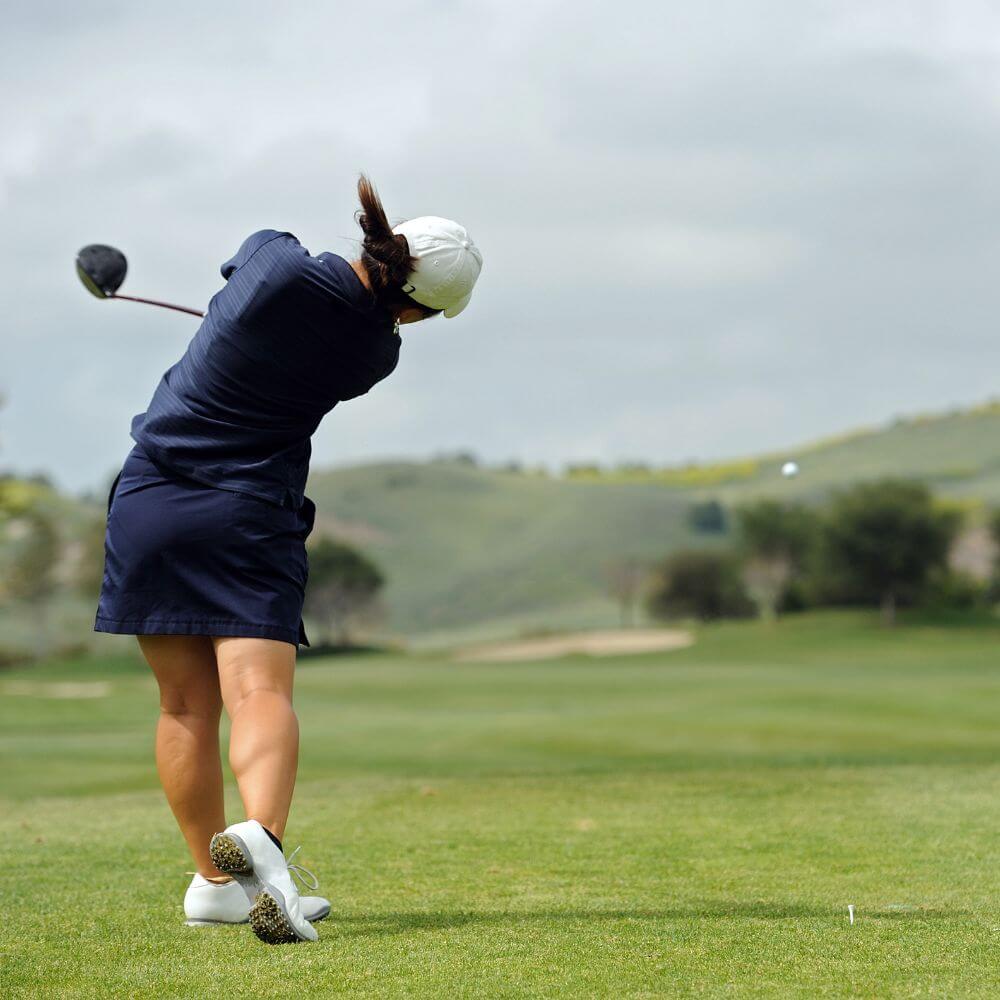
The Untapped Wisdom of the LPGA: Your Blueprint for Better Ball Speed
One of the beautiful qualities about the game of golf is that there is always room for improvement no matter what your level of play is. However, the challenge is often setting realistic expectations especially when you start comparing yourself to your favorite pro or your scratch-playing golf buddies.
So, it's time to find some new role models. A great place to start is the ladies of the LPGA Tour. Watching LPGA pros swing the golf club is like watching poetry in motion - a perfect blend of grace, fluidity, balance, and technical precision. But surely we can't replicate that elegance.
Maybe not, but remember this is an article about numbers. The Ladies not only boast an incredible skill set but their ball speeds are often more attainable benchmarks for the everyday golfer. In this section, we'll show you how the LPGA can serve as your go-to guide for achieving better ball speed, without losing sight of what's realistic.
Stop Guessing, Start Measuring: The Amateur's Guide to Golf Ball Speed
First things first: We need to set realistic goals. But before we can do that we need to take a look at our own game and see where we stand. Let's tap into the expertise of Trackman once again and take a look at the average golf ball speed for the driver.
Amateur Golfer Golf Ball Speed Chart
Get the LPGA Edge: Benchmarks Every Golfer Should Be Using
We all get enamored by the grace and almost flawless mechanics of the LPGA pros swing. However, they still achieve impressive ball speed numbers, but what really separates them from their counterparts on the PGA Tour is a focus on precision and control. Just take a look at their other metrics. This is where you need to focus your attention. While it might be tempting to aim for the super-human numbers seen on the men's tour, honing in on LPGA averages provides a more realistic goal.
Here are the 2017 LPGA Tour Averages from Trackman.
So, what are the takeaways?
- The average driver ball speed - 140 mph. That's doable for many amateurs.
- The average driver club head speed hovers around 94-98 mph. Again, right in the wheelhouse of many mid-handicap golfers.
- The average driving distance on the LPGA tour ranged from 233 yards to 279 yards. Now those are numbers to aspire to.
- Positive angle of attack with the Driver (+3) - Compare this to a negative angle of attack that you see with PGA pros. This means the ladies are hitting up on the golf ball compared to the men who are hitting down on the golf ball. They can get away with this due to their much higher swing speeds. The lesson for you - hit up on the golf ball with the driver. You may even be able to use a lower lofted driver if you have a positive angle of attack. This could give you those extra yards you're after.
Struggling with Ball Speed: Easy Ball Speed Tips That Pros Swear By
Ah, the never-ending quest for more ball speed - more distance. It doesn't matter whether you're a seasoned pro or a weekend warrior we all want more, more and more.
But how? What's the secret? Is there a magic formula for ball speed to distance?
Well, unfortunately, there is no secret recipe, but, we can help. There are tried and true methods that have proven effective time and time again, even for professionals. So, if you're intrigued and eager to unlock these secrets, you're in for a treat. Let's jump right in with these simple yet practical tips that are almost guaranteed to increase your ball speed.
- In the 2018 - 2019 season, Cameron Champ led the PGA Tour in driving distance at 317.9 yards. He shared his 5 top tips with Golf Magazine. Here they are:
- Create Lag by Clearing Your Hips: Rotate your hips aggressively during the downswing for more speed and power.
- Create Width Early: Start your swing with a wide takeaway resisting the urge to pick up the driver and immediately turn your shoulders.
- Tee Height Matters: Lower tee heights can offer more consistency and roll-out distance, contrary to the popular saying "Tee it high and let it fly."
- Full Body Rotation: Use your whole body for a complete turn to maximize speed. Forget the old-school theory of restricting your hip turn while you turn your shoulders.
- Know Your Go-To Shot Shape: Stick to your natural shot shape, like a draw or fade, for more consistent and powerful drives. And don't forget to visualize where you want the golf ball to land.
- Get a Coach/Take Lessons: Do you know your own strengths and weaknesses? Maybe you have a swing flaw that's limiting your ability to generate speed. Invest in an expert set of eyes to help you with your swing. If you can't afford a coach look for lessons online and watch instructional videos.
- Get a Launch Monitor or Golf Simulator: You need to know your ball speed and check it regularly. If you don't know your own data how can you work to improve it? Think of this as your virtual coach that will help you start to accumulate data. This will allow you to create benchmarks, identify trends, and implement changes to your swing, all based on real-time stats.
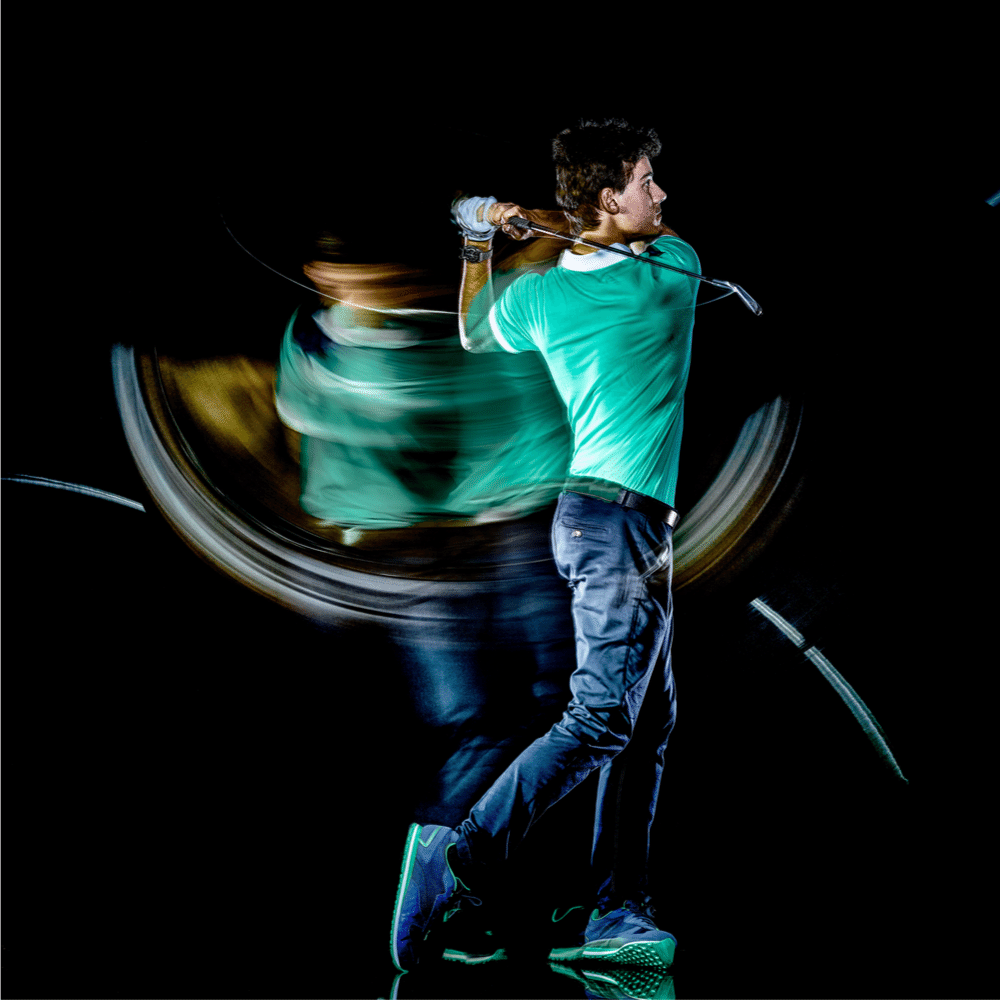
- Professional Club Fitting: Your equipment can have a major impact on your ball speed. For example, you may be playing a stiff shaft flex and having trouble squaring the club face at impact resulting in nasty slices, slower ball speed, and a loss of distance. This suggests your swing speed is too slow for a stiff shaft - you need a regular flex shaft. Perhaps your clubs are too short. Or you're playing blades when you need game-improvement irons. We could go on and on but hopefully, you get the drift. Get fitted for clubs - There's no excuse.
- Get Golf Fit: Take a look at the modern golfer. They can't seem to get out of the gym. So what's stopping you? Adopt a golf fitness regime with golf-specific strength and flexibility exercises. And don't forget about stretching for your warm-up.
- Experiment with Speed Training Aids: There are plenty of great training tools and programs that can help increase your ball speed - weighted golf clubs, speed sticks, resistance tools, wrist trainers, and more.
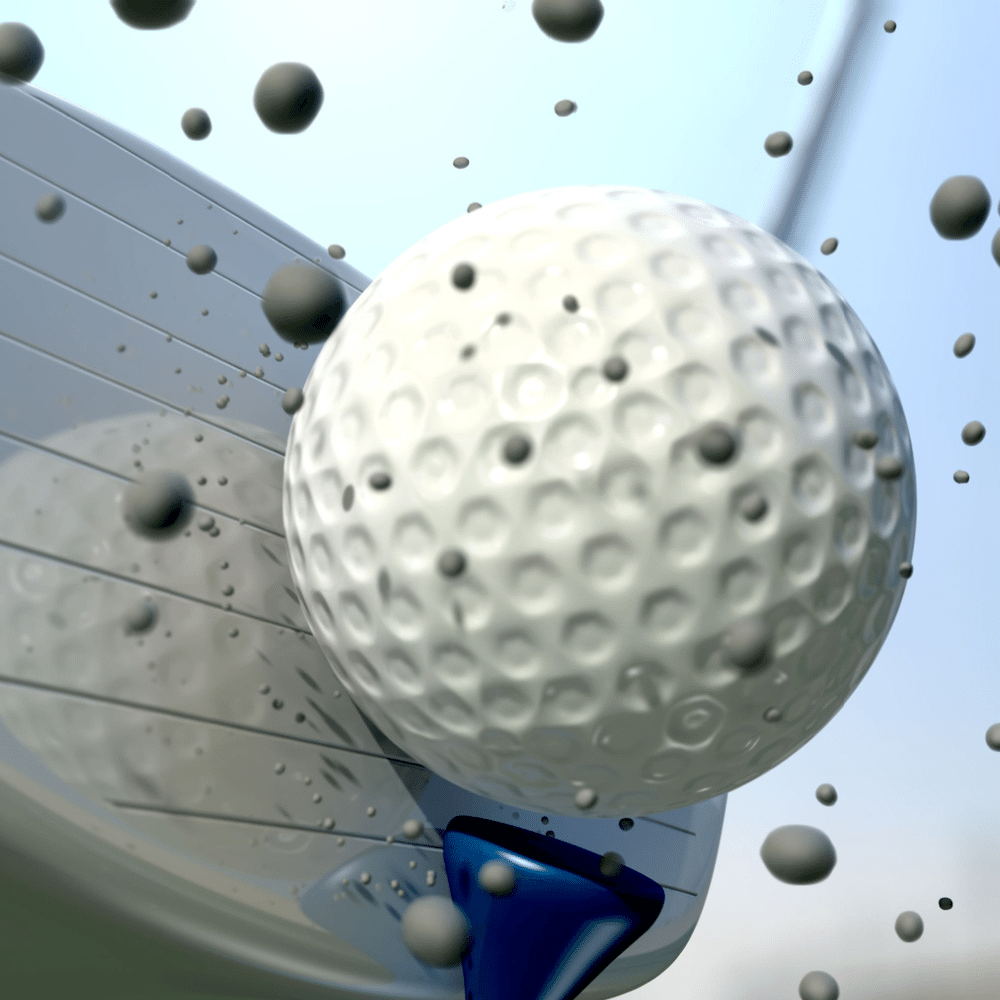
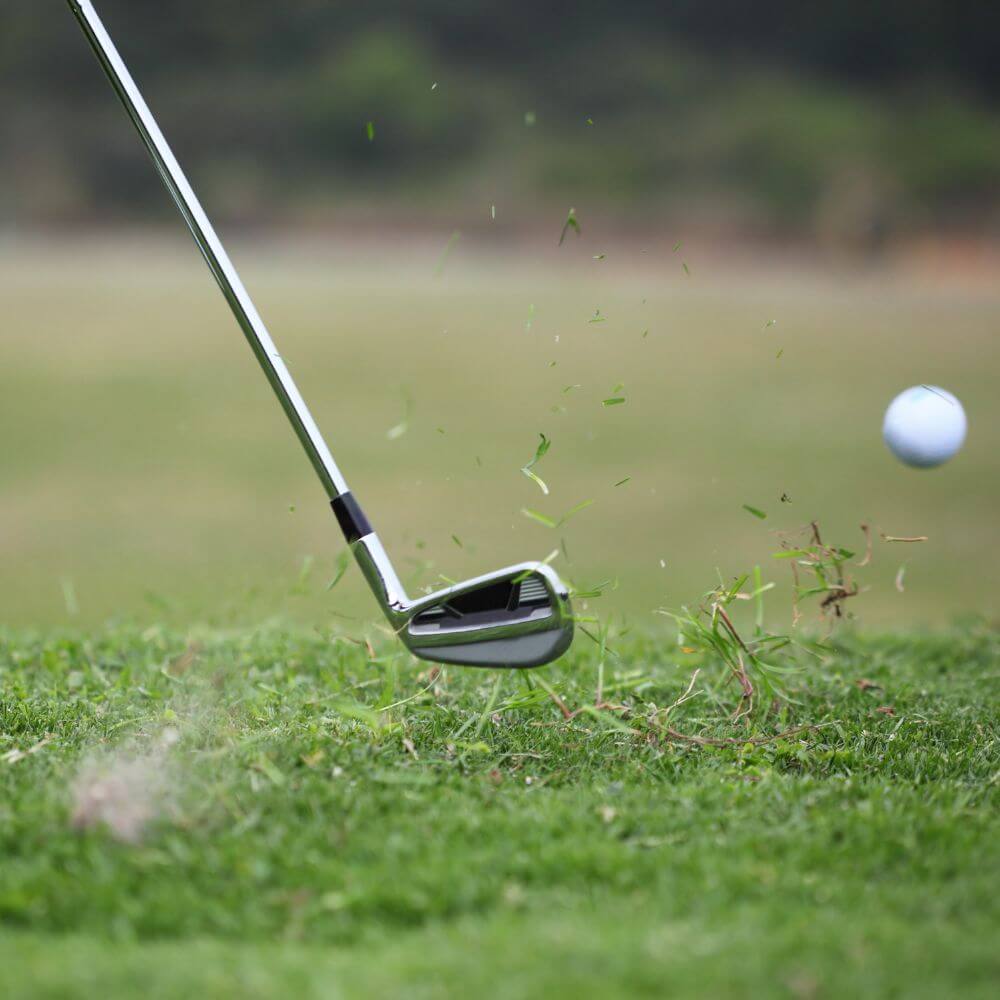
From Ball Speed to Distance to Better Ball Striking: The Final Word
And there you have it, a comprehensive dive into the fascinating world of ball speed where distance matters. We began this journey with the extraordinary Kyle Berkshire and his mind-boggling records, and from there, we’ve explored how understanding ball speed can dramatically change your game.
We've broken down the metrics that the pros live by, deciphering the PGA and LPGA Tour averages to serve as benchmarks for your own performance. These aren't just numbers; they're a roadmap to optimizing how you play and approach the game.
We've shown you why you need to embrace technology. The evolution of launch monitors has changed how we train and understand the game, making this data-driven approach accessible to every level of golfer.
Why does ball speed matter so much? Because it defines distance, control, and ultimately, your score (and maybe your pocketbook too). When you understand ball speed and the metrics that affect it you can make better decisions about your equipment, how you train, and your on-course strategies. In simpler terms, it can help you turn bogeys into pars, and maybe pars into birdies.
So, now that you know what to do it's time to put it into practice - And more practice. Remember to keep track of your progress. This will help you fine-tune your game and provide for more enjoyable rounds.
Thanks for visiting. We can't wait to see you again!
"Hit 'em long and straight."
Lawrence






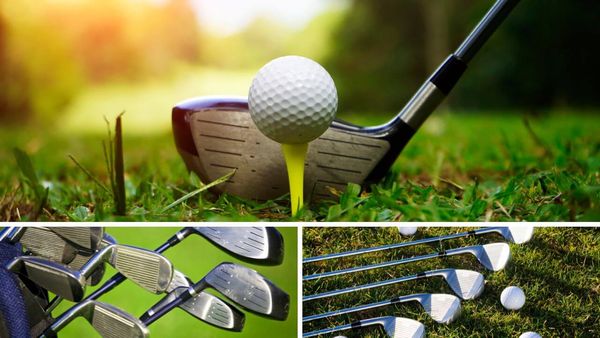
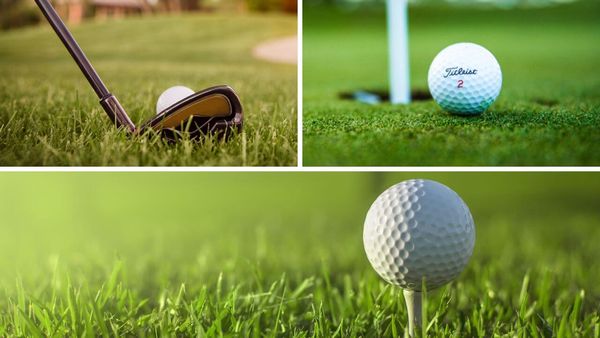
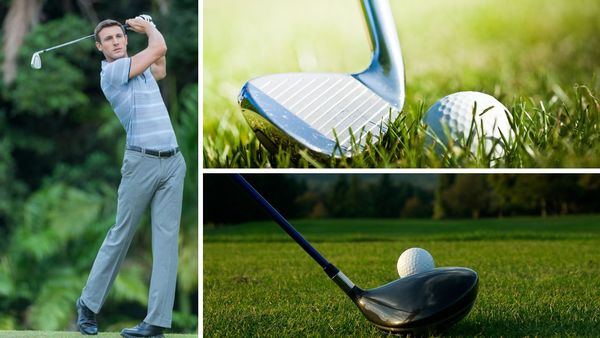
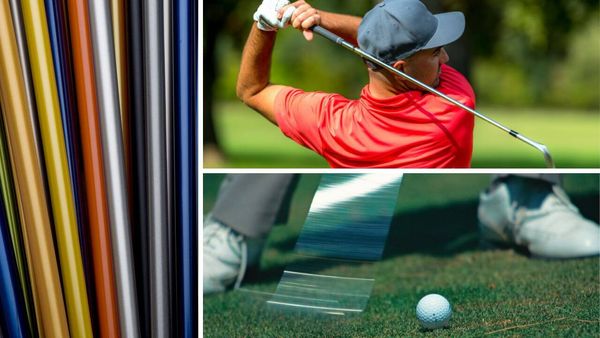
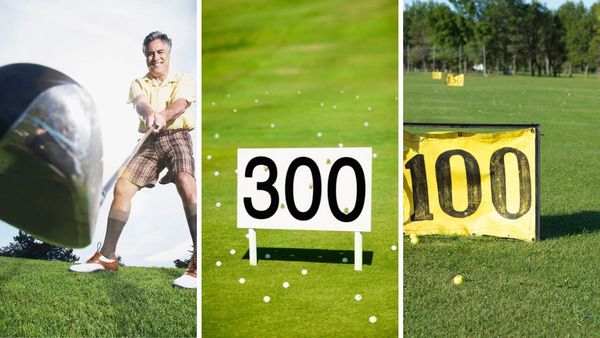
Member discussion